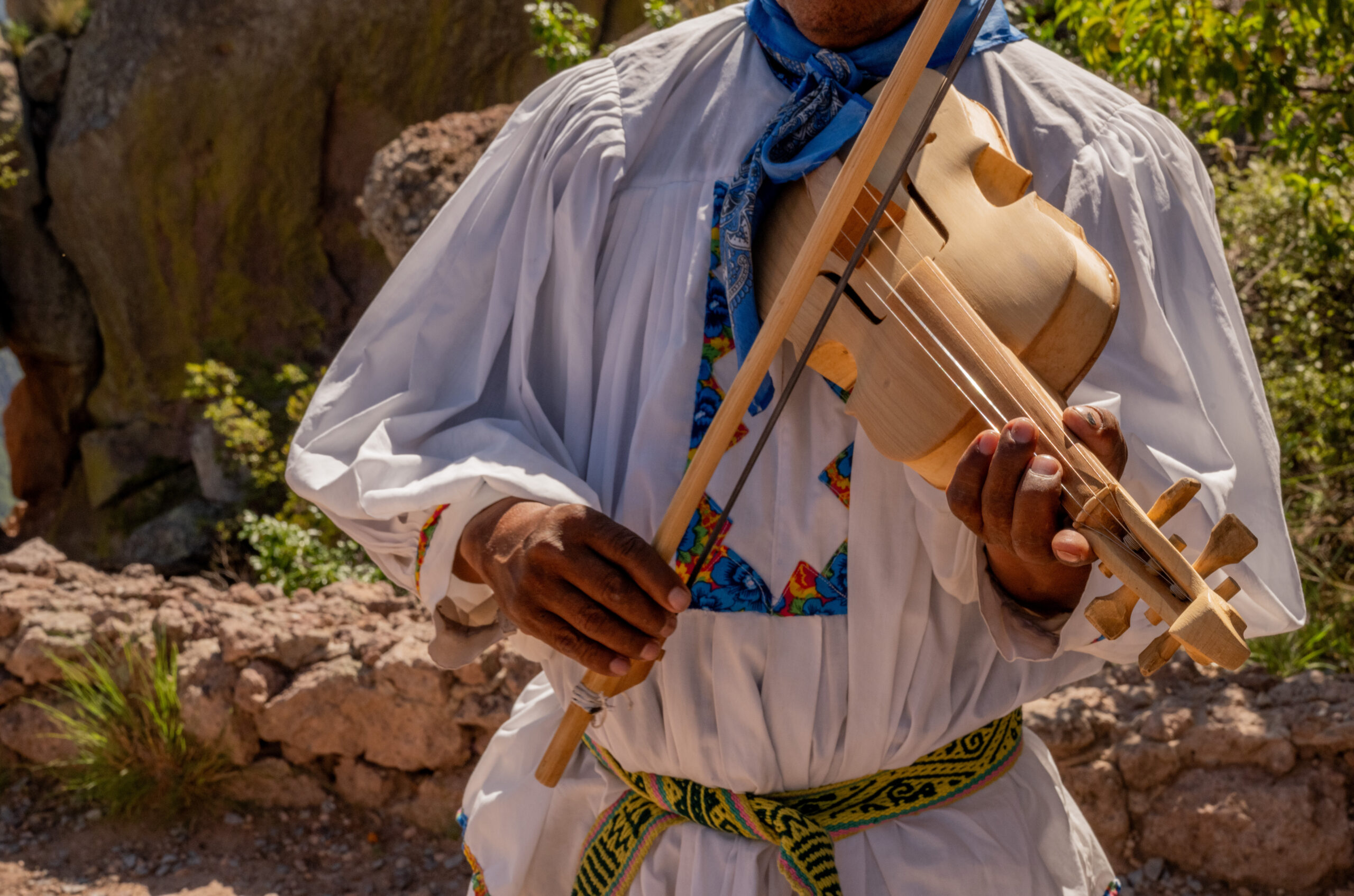Long before colonization or modern distillation, sotol was central to the lives of northern Mexico’s Indigenous peoples. Among them, the Rarámuri (Tarahumara) stand out for their deep connection to the plant and the spirit.
Ritual and Ceremony
The Rarámuri used fermented sotol beverages in religious rituals and communal gatherings. These drinks were not simply intoxicants but carriers of spiritual meaning, linking people to the land and their ancestors.
Fuel for Endurance
Famed for their ability to run vast distances across the Sierra Madre, the Rarámuri integrated sotol-based drinks into ceremonies that preceded these endurance feats. The plant’s sugars and fermentation provided sustenance, while the ritual use bound the act of running to community and faith.
Persistence Through Suppression
As colonial authorities imposed bans on Indigenous practices, sotol survived underground. The knowledge of fermentation and use of sotol as food and drink persisted in Rarámuri villages, even during the 20th-century prohibition of sotol in Mexico.
Continuity Today
Some Rarámuri communities continue to produce sotol using traditional underground pits and clay fermentation vessels. These methods echo centuries of continuity, keeping cultural memory alive in every batch.
A Living Heritage
To understand sotol only as a commercial spirit is to miss its deeper resonance. For the Rarámuri and other Indigenous groups, sotol embodies resilience—both of a plant that thrives in deserts and of communities who preserve traditions in the face of change.


Leave a Reply